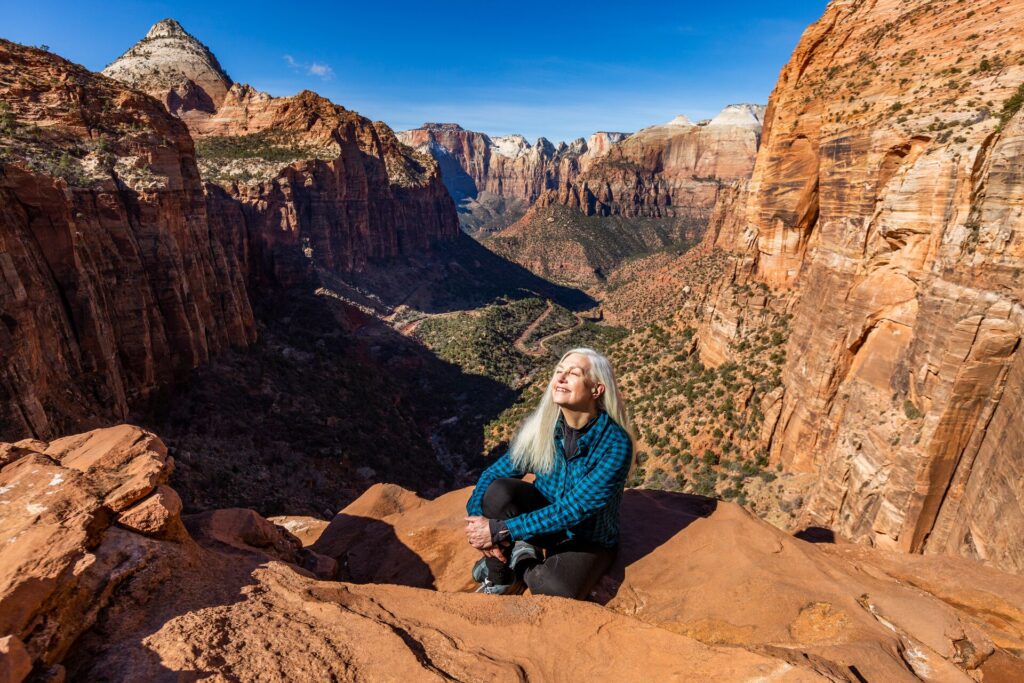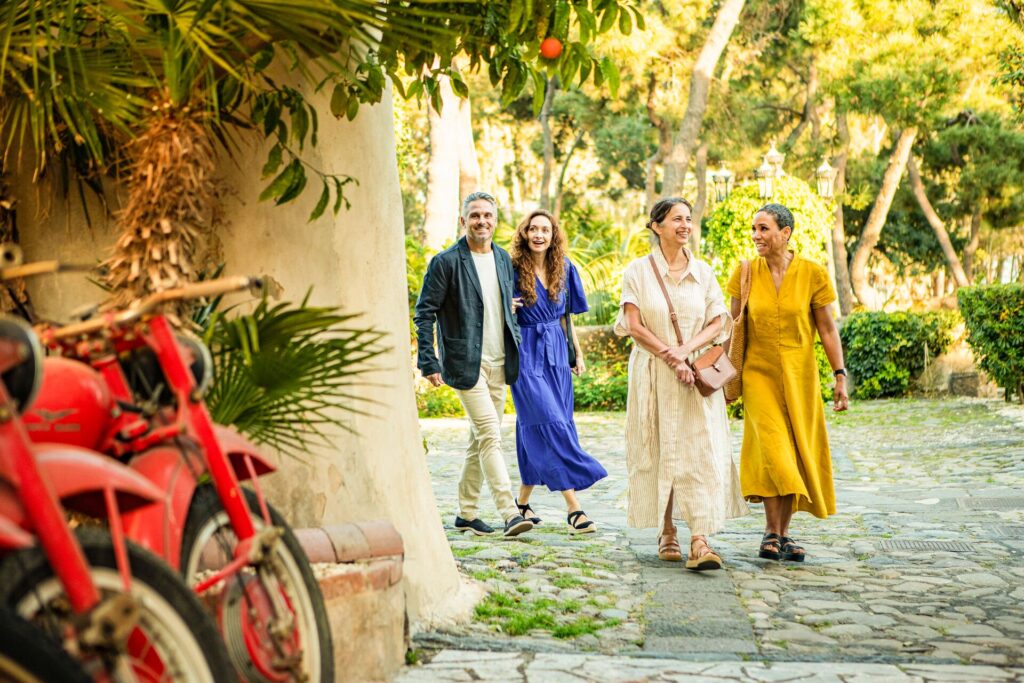Technique and Tradition: Discovering the Secrets of Venice’s Gondoliers
An iconic image of the ‘Floating City’ and synonymous with Venetian romance and elegance, the gondoliers of Venice need little introduction. Elegant maestros of the waterways that connect some 118 islands, they’ve been a feature of the city since the 11th century.
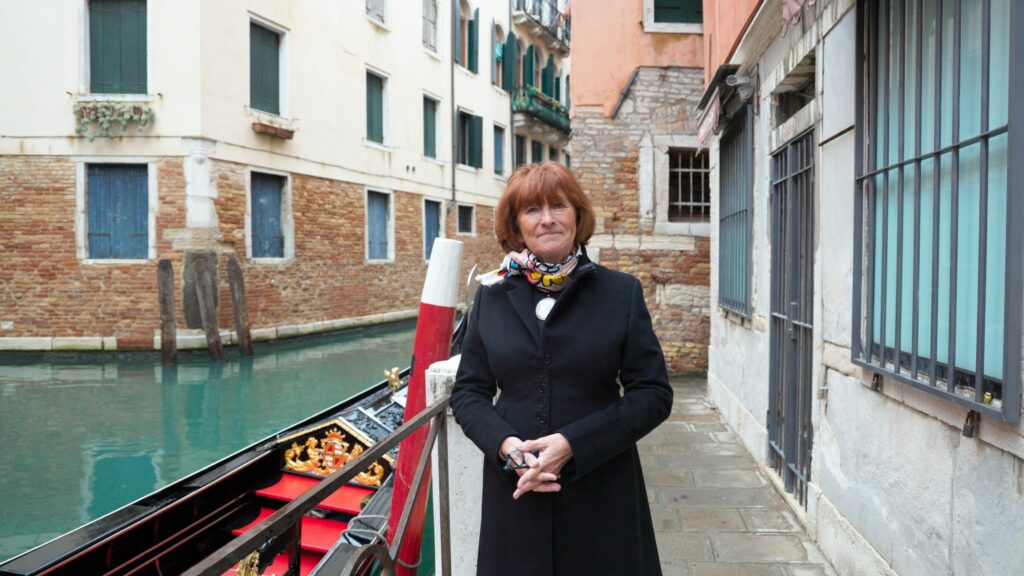
Travel Director Jackie, this week’s Insightful destination expert, tells us more about the history of the gondolas, and what it takes to become one of these iconic navigators.
Once the main form of transport
It was back in the 11th century that the gondoliers of Venice emerged. Skilled navigators, plying the city’s intricate network of canals. “By the 17th century there would have been up to 10,000 gondolas on the Venice waterways,” Jackie explains. “It was the main mode of transport apart from walking.”
The first documented evidence of gondolas comes from 1094, in the form of a license from Doge Vitale Falier in which he refers to a ‘gondalum’. Nowadays there are just 400 working the waterways, though you’ll see them so frequently you may think the number is higher.
You may also enjoy: Something in the water: Why February is the best time to visit Venice
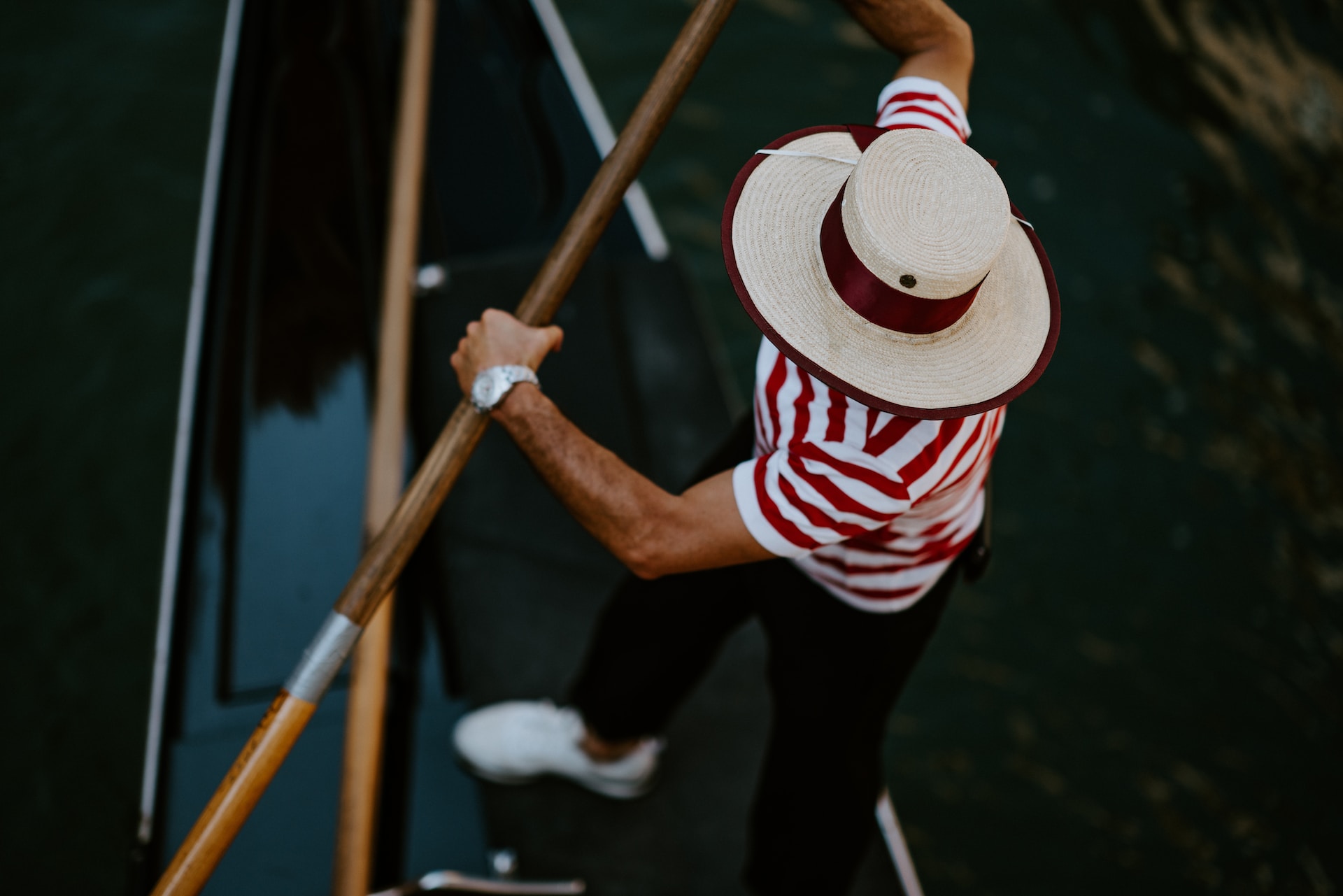
There are about 350 gondolas and around 400 gondolieri in Venice
A tradition passed down generations
“To be a one of the gondoliers of Venice, first of all you need to be Venetian,” Jackie tells us. “This is a tradition that has historically been passed down from father to son. From the age of about 14 or 15, the sons would go out with their fathers to learn all the maneuvers of the gondola. Eventually they take an exam, to become a gondolier.”
Over the centuries, gondoliering evolved from a practical means of transportation to a symbol of Venetian craftsmanship and tradition. The role of gondoliers expanded to include storytelling and serenading, adding a touch of artistry to their maritime skills. In the 20th century, the profession saw a shift towards inclusivity as women joined the ranks, breaking the longstanding male-dominated tradition. In total, only a restricted number of gondolier licenses available.
Bookmark for later: Golden idea: understanding the genius of Amsterdam’s canals
400 hours of training
“To become a gondolier of Venice it takes 400 hours of skilled learning,” says Jackie. “Not just maneuvering the gondola, but also Venetian history, language skills and lifesaving skills too. So, on top of other working hours, it takes about six months to become gondolier.”
You may also be interested to read: The curious traveler’s guide to visiting Italy in the springtime
Instantly recognizable as gondoliers of Venice
In keeping with the esteem and prestige of the role, whenever a gondolier is on the water, they are always in uniform, even if they’re spending recreation time with family and friends.
“The gondoliers of Venice wear a traditional striped shirt, which could be blue and white or red and white, and the famous straw boater,” says Jackie. “It’s such an iconic uniform – that’s how obviously you would recognize the gondolier.”
The famous stripes became part of the uniform after WWII. In the earliest days of the gondola, the gondoliers of Venice were mostly Moorish slaves and were usually dressed in black to match the color of the Gondola.
Fall in love with Italy: 10 fascinating things you’ll learn on this 10 day Italy tour
Save up to $3,000* per couple on your first Premium Tour
Plus receive latest offers, travel inspiration, and discover how your travels will make a positive impact. Together, WE MAKE TRAVEL MATTER®. Subscribe NowMade from eight kinds of wood
“The gondolas are very skillfully made,” explains Jackie. “They’re made with a mix of soft wood, fruit wood and hardwoods. These are larch, oak, fir, cherry, walnut, elm and mahogany. There’s usually a waiting list to have on made.”
Each gondola is 10.85 meters long and 1.44 meters wide. “Built asymmetrical with a flat bottom, they are specifically designed to maneuver around the shallow lagoon of Venice,” she adds.
Today, the gondola is still produced in Venice in the ‘squero’ or craftsman’s workshop. The process involves around 12 months of work by different artisans: the ‘squeraiol’ (master carpenters), the ‘Battiloro’ who is the goldsmith responsible for the decorations and the blacksmith who handmakes the gondola’s iron prow-head.
You may also enjoy: My 2024 travel resolutions, by sustainability expert Shannon Guihan
Why are the gondolas all painted black?
“The gondolas you see are all painted black,” says Jackie. “This was part of the strict sumptuary laws of the 16th century. These were laws made for the purpose of restraining luxury or extravagance, which meant that the gondoliers couldn’t dress them up and overload with ornamentation, each one trying to outdo the other.
“Initially, they would have had a cabin over the middle part with little lace curtains. However, later on, tourists decided that couldn’t see anything. So, they removed the cabin to give passengers an all-round view of the canals in Venice.”
Before the 16th century, a private gondola would have been decorated with bright colors and patterns, a celebration of kitsch and ostentation.
Bookmark for later: Insight’s Ultimate Foodie Itinerary For an Idyllic Italian Escape
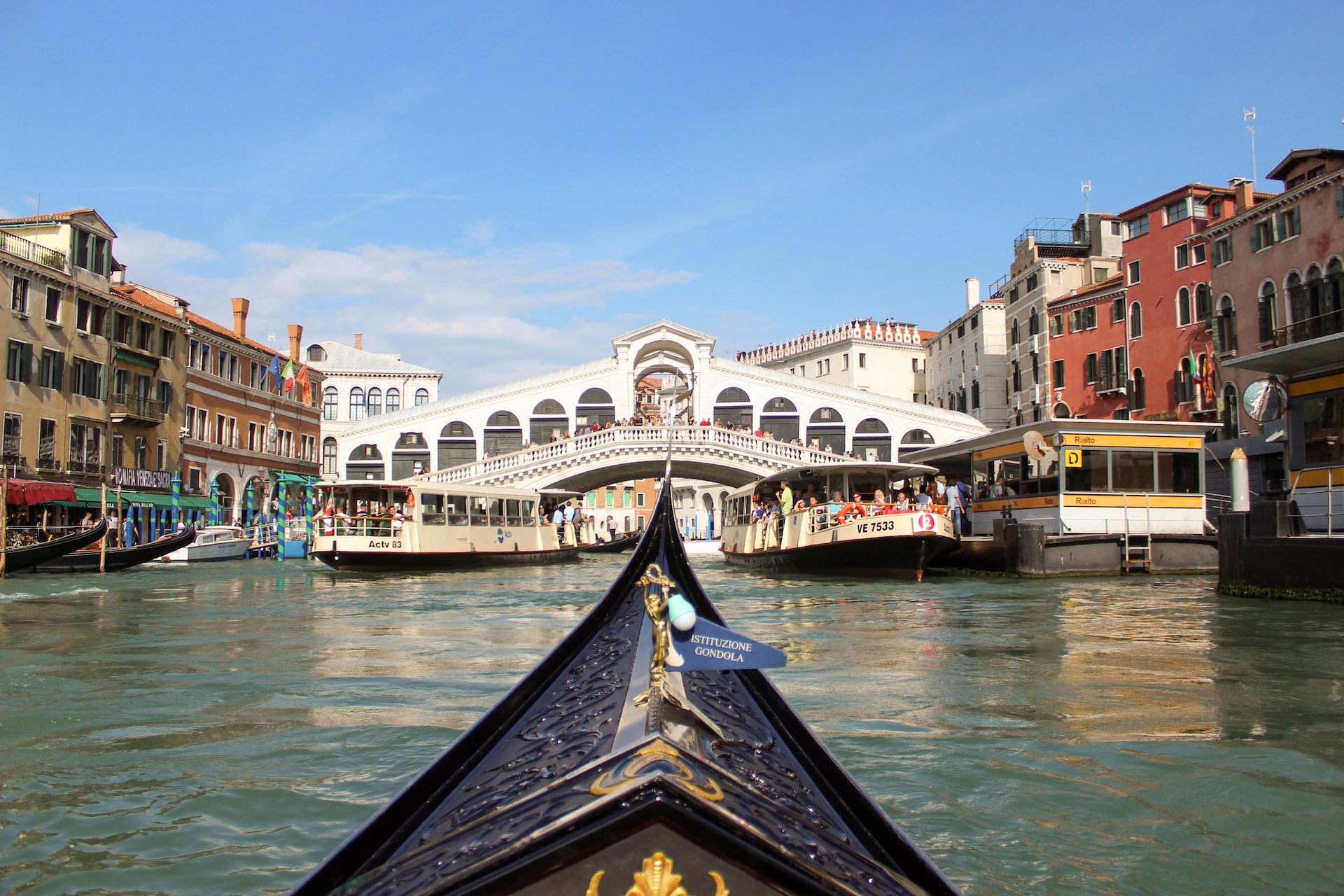
My favorite gondolier moment
“One of the loveliest experiences happened last year,” Jackie tells us. “A young couple went off in a gondola with another couple, and they came back married. We were all wondering how on earth! It turns out that in the other couple the lady was a celebrant, and so she married them in the gondola. So, they came back ‘just married’! No wonder they are synonymous with Venetian elegance and romance.
Don’t forget to play our Insightful Travel Trivia game, test your knowledge for the chance to win great travel prizes.
LIKED THIS POST? SHARE WITH YOUR COMMUNITY



